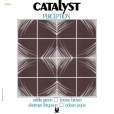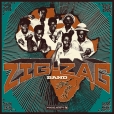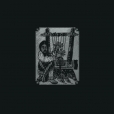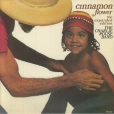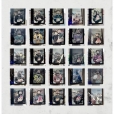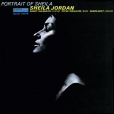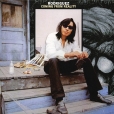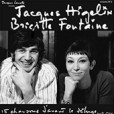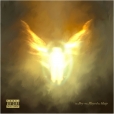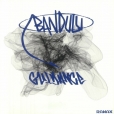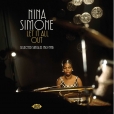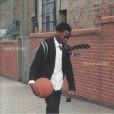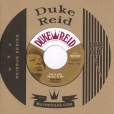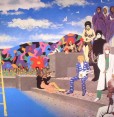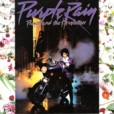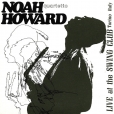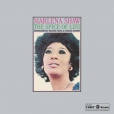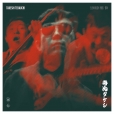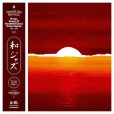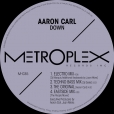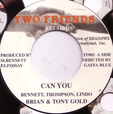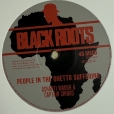Your basket is empty

An expanded edition of the saxophonist’s triumphant Brazilian excursion, originally released by Douglas Records in 1977, adding half an hour of previously unissued versions, plus Meeting House, out for the first time in any form.
Transferred from the original tapes; newly remastered; decent booklet. Sound-wise, Ron Carter in particular benefits from the restoration work.
An extensive lineup also includes legends like Portinho, Dom Salvador, Bernard Purdie, Claudio Roditi…
Sod’s law that the killer cut Clove & Cinnamon sounds freer, more carnivalesque, in the original version, with Alan Douglas’ bells, rattles and whistles intact.
Recorded in 1971, up the road from us at the Lansdowne Studios, this was the Sugarman’s last shot at the big-time.
Her 1967 album of duets with Jacques Higelin, retaining arranger Jimmy Walter from her debut, the previous year. Two songs here — La Grippe and Maman — became centrepieces of the duo’s stage musical, Maman J’ai Peur.
With Michael Smith on piano, Noel McGhie on drums, and Bob Reid on bass, in April 1974; originally released by Calumet Records.
Stone-classic sexed-up Detroit electro banger. Killer diller.
Heart-breaking, skilfully epistolary song-writing from inside the belly of Apartheid, on a killer rhythm.
‘The opener is a statement of intent — frazzled, shuffling drums, ketamine oud, heavy sub bass — something like Wordsound’s Scarab zooming out of the 90s into the future. Tombaroli is a head nodder, with insistent percussion and banging pulse. A lysergic fever-dream, Bullet Holes dips into spooked psychedelia; No Minus sounds like a distant cousin of DJ Premier’s production Come Clean, for Jeru.
‘Channel 83 lands us back in the club for a rib-rattling stomp, weaving mystical soundsystem magic with its stunted horns and swirling voices. The grimy judder of Expect Excerpt slides proceedings down to a bleary-eyed half-speed, like a party which won’t let you leave. Mount Point is a welcome release, an early morning sunrise — rich, slow, and shimmering — before Landings Dub signals the end of the journey with a metallic elegy; both a summing up of the record, and the contemplation of your flipping it, and re-entering the world of Detraex Corp.’
